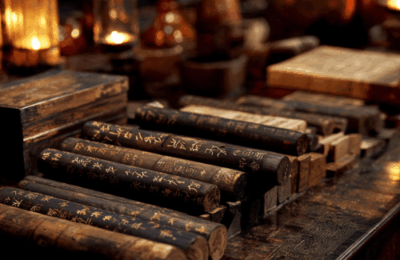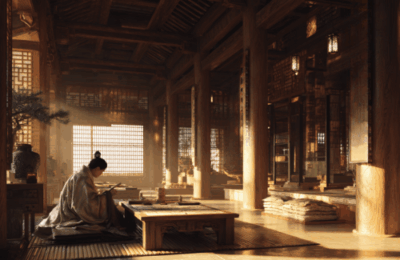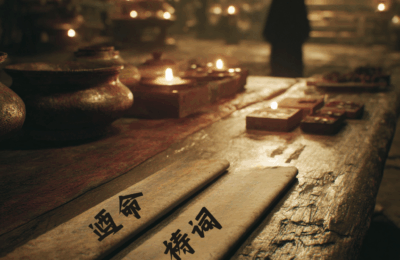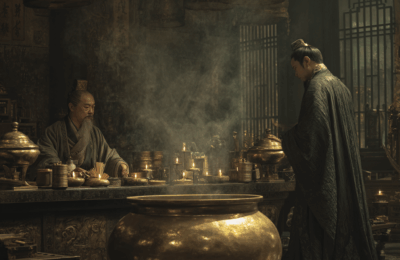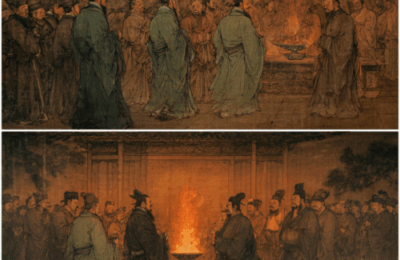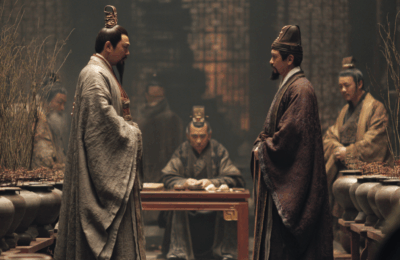《清华简〈祝辞〉〈赤鹄〉|巫咒荒荒淌淌:楚人的秩序之术》
本文以清华简〈祝辞〉与〈赤鹄之集汤之屋〉为核心文本,探讨楚人在面对自然现象、身体事件与空间失序时,如何通过“仪式锚点”与“叙事重构”两种方式,重新建立可理解的秩序。〈祝辞〉将语言、动作与象征物结合,形成一种稳定场域的程序化框架,使人与环境之间的关系得以被重新定位;〈赤鹄〉则通过神话叙事与因果辨析,揭示如何在结构失衡处重新定义界线与规则。两篇文献共同展现楚人理解世界、排列因果、调和失序的独特方式,为认识楚人的秩序观与思维路径提供关键入口。本文基于出土材料与学术研究,尝试复原这套古老的“秩序生成逻辑”,并讨论其在今日重新被看见的意义。This essay examines Zhu Ci and Chi Hu zhi Ji Tang zhi Wu from the Tsinghua bamboo manuscripts to explore how the Chu people navigated natural forces, bodily afflictions, and spatial imbalance through two complementary modes: ritual anchoring and narrative reconstruction. Zhu Ci integrates language, gesture, and symbolic objects to create a stable field of interaction in which the relationship between humans and their environment can be re-aligned. Chi Hu employs mythic narrative and causal interpretation to reestablish boundaries and rules wherever structural disorder appears. Together, these texts reveal a distinct Chu method of generating and restoring order within an unpredictable world, offering an essential entry point into early Chinese conceptions of sequence, causality, and coherence. Grounded in excavated manuscripts and current scholarship, this essay reconstructs the underlying logic of this ancient “order-making” system and considers its renewed significance today.




